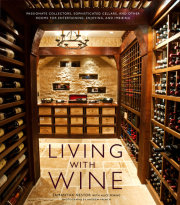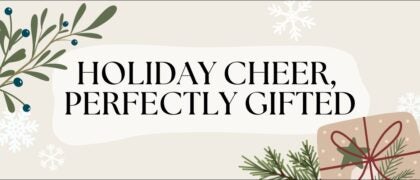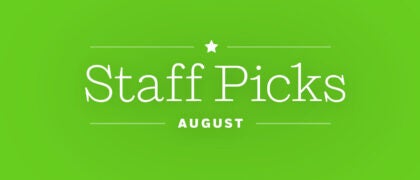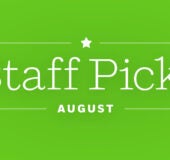INTRODUCTION
The long version of my own short story started with my super sensitive nose. Even as a small child, I suffered ridicule for sniffing everything before eating. This proved to be useful, however, especially when refusing the trout that got everyone else sick, rejecting the quart of milk that was spoiled, and, ultimately, trying to figure out which wines I loved best, so I could drink them before everyone else. More for me.
My wine drinking started when I was in diapers, sitting in the high chair on Friday nights. It was “kiddush” wine, Manischewitz mixed with seltzer—in other words, plonk. By the time I was cutting classes as a high school senior, I had segued very briefly to a cheap and fizzy Portuguese wine called Lancers, something like the white Zinfandel of its day. I found Riesling in college, stupid cheap and ridiculously aromatic. But when I arrived in Cambridge, Massachusetts, for graduate school, the wine walls fell.
Those were the late 1970s and early ’80s. I happened to have a roommate working in the wine business, and we hosted frequent tastings in our apartment. This went on for several years, and during that time, I came to understand that wine tastes much better out of a good glass than a paper cup, that I adored Rhône, that I loved wine from the Piedmont even more, and that, quite controversially, Burgundy was fantastic but it wasn’t the holy grail. Wine hit me on every single sensual level.
When, in the 1990s, I moved back to New York City to chase the writing dream, I thought—just like any other schnook—that because I drank wine I had something to say about it in print. It wasn’t until I stumbled onto natural wine that my hunch was anywhere near true.
Things started to change for me when I noticed a profound shift in the bottle. The hugely influential wine critic Robert Parker Jr. favored big and bold flavors—and so, the industry bowed to his tastes. One by one, the Old World, traditionally made wines that I loved, the ones that I had cut my teeth on, were going extinct— among them the old Riojas, Barolos, and southern Rhônes. In their place of nuance were brash imposters, full of fruit and power and oak. Yet, I was able to find some holdouts to write about and some new talent making vibrant wines. These winemakers resisted the market trends and continued to farm organically. They added no ingredients nor made adjustments in the cellar. These wines were exciting and full of life. Without knowing to call them “natural,” I found new examples of the old wines that had gone missing. It didn’t take long to connect the dots. I ate organic foods with no artificial additives, not just because of philosophy but also because they tasted better to me. I barely ate any processed foods; in fact, the most processed food I eat is wonderfully baked bread. In short, I came to drink exactly the way I eat. I came to natural wine because of taste.
Many years later, the definition of what is “natural” is debated and challenged. This is such an intense topic that I devote a whole section to it. Yet, I’d argue we all know what we’re talking about when we talk about
natural. Start with organic viticulture. Then, don’t add any supplemental grape product, yeast, enzyme, tannin, acid, bacteria, or chemicals, beyond what naturally occurs during the wine-making process.
In a digital world, analog is needed. In a world where fake dominates, we need real even more—hence, the international clamor for more natural wines. When you drink a natural wine, the last sip will be different than the first. Tasting it can be a roller-coaster ride or a tame and well-mannered experience, but usually the best wines will evoke some sort of emotional reaction.
What once was the provenance of a geeky core of enthusiasts in Paris, New York, Montreal, and Tokyo has crossed into all sorts of uncharted territory, like Detroit, Michigan; Portland, Maine; Houston, Texas; and even very conservative Naples, Florida. No longer niche, this thing called natural wine—a return to the way wine was made for centuries—has arrived, an overnight sensation that took about forty years.
What’s next? For now, let’s indulge in the wines, love them and drink them and celebrate them. However, I believe that natural wine will stop being called “natural” in a few years and merely will be viewed as wine—the only way a wine can be great. The philosophy of the natural wine movement will become ingrained in the way drinkers think and buy wine, much the same way that farm-to-table is just expected, at least in a restaurant of quality. The Big Macs of the world will always exist, but they will not be confused with a healthy meal, the same way that there will be plonk wines and wines. For now, this category has its own heroes, its own methodology. And so, it needs its own little handbook too. Take this book with you to the wine bar, shop, or restaurant, and use it to find the best producers and wines. It will help you select wisely, drink well, learn the language, and understand why these wines have the power to change your life.
Copyright © 2019 by Alice Feiring. All rights reserved. No part of this excerpt may be reproduced or reprinted without permission in writing from the publisher.










